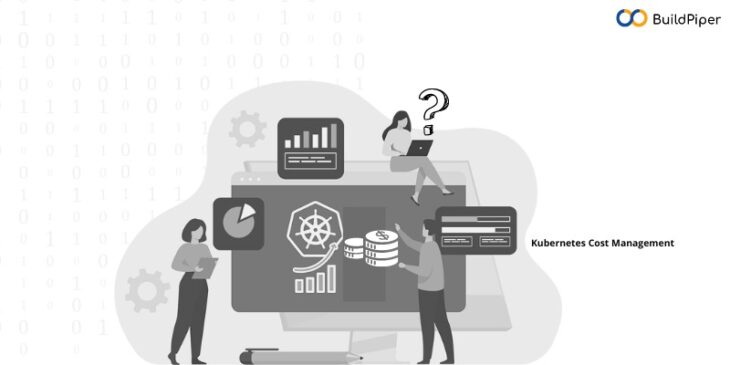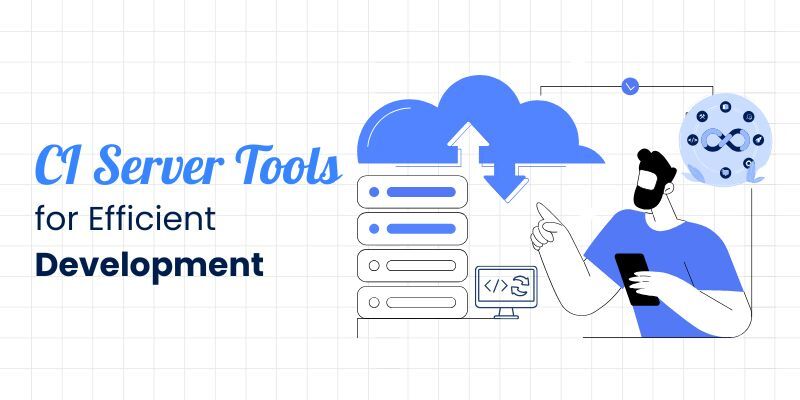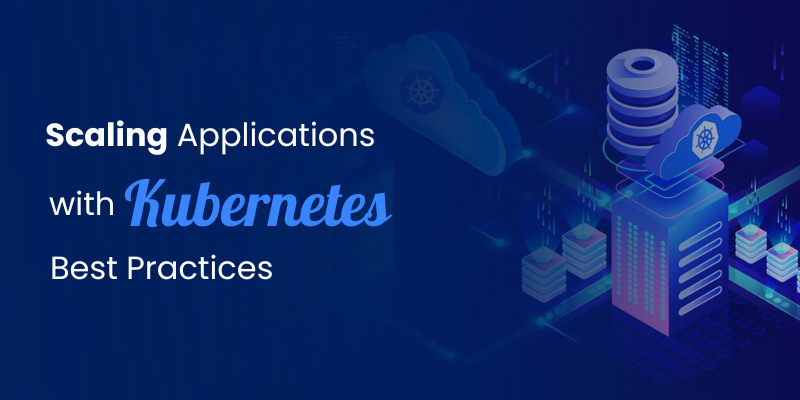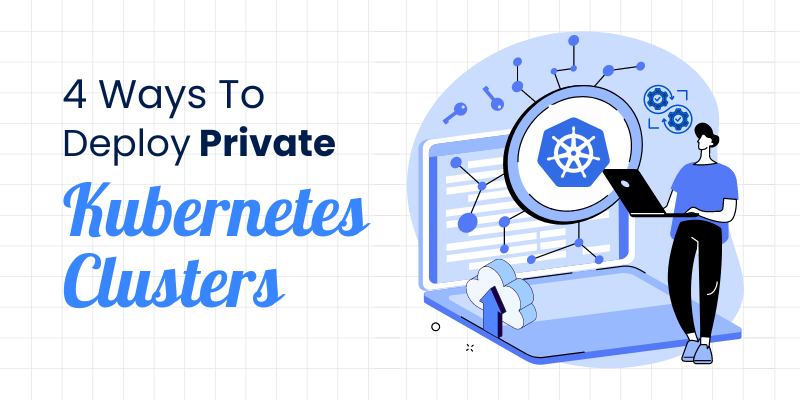
Here are some critical issues faced while managing Kubernetes costs to reduce your cloud bill and forecast the IT spending of your business. Let’s read in detail about these issues occurring in Kubernetes cost management!
Kubernetes plays a vital role in the DevOps world. No doubt, the use of Kubernetes in software development and deployment is here to stay, because it simplifies the deployment, management, and scaling of applications. It solves container issues by providing an extensible, declarative platform that automates the management of containers for high availability, resiliency, and scale.
85% of IT leaders agree that Kubernetes is “extremely important,” “very important,” or “important” to cloud-native application strategies according to a Red Hat survey from 2021.
With its incredible pros, there are cons to managing Kubernetes costs. While you plan to optimize your business infrastructure for a high-quality end-user experience, all this can come with a hefty price tag. No matter, whether you’re on-prem, or in AWS, GCP, Azure, or any other Kubernetes-supported platform, the cost will always be a problem. Getting those costs under control and monitoring them right is important.
So, let’s start by exploring the issues in Kubernetes cost management, here in this blog!
Overestimation of Resource Needs!
Setting more resource limits than actually needed is one of the most common issues concerned with managing Kubernetes prices. Because enterprises and their teams prioritize performance over anything else, they choose to set resource requests and resource limits above what they think they’ll really need. This is to ensure best-in-class applications and a good end-user experience. In case, if engineering teams did the opposite then they might end up under-provisioning their resources. This is surely not good for both: the end users and the organization.
At the same time, guessing what resources the application or service will need is hard to predict, and sometimes impossible. In lieu of having accurate utilization metrics before the service has gone live, teams trying to be on the safer side make large resource requests. But, once it’s in production, these requests can be scaled down.
[Good Read: 3 Tools To Automate Your Kubernetes Cluster Deployment!]
Lack of Visibility!
Clear visibility of the various spending on Kubernetes resources is a must to possess for DevOps teams in order to reduce and optimize Kubernetes costs. How can your teams manage costs if they don’t even know what costs exist, and where they’re coming from? Analyzing and monitoring Kubernetes costs may appear easy at first but as you dive into its in-depth, you’ll find it’s a difficult thing to execute, especially when infrastructure resources are so dynamic and change all the time.
You should be able to identify the real origin of Kubernetes prices and its resources. In Kubernetes, this visibility can be achieved by looking at clusters, nodes, namespaces, workloads, and pods. It’s important that comprehensive visibility is provided to teams and stakeholders with an accurate view of which resources are being used and how they’re being used.
Inadequate Tooling
Teams can not manage and monitor Kubernetes’ costs without having the right tools in hand. No doubt, you can collect all of the data yourself and create the right solutions. But, it wouldn’t be easy to modify these solutions, if changes are required.
The point of using good tools is to design a standard process for gaining complete visibility of the cluster resources for effective Kubernetes cost analysis. The de facto approach is to use Kubernetes APIs to hook into infrastructure monitoring tools like Prometheus and Grafana to visualize and understand costs better.
This strategy works, but issues may arise while turning the metrics extracted from Prometheus into cost savings opportunities. This is a difficult process as each step has its own set of complexities, making it difficult for you to manage Kubernetes costs efficiently.
Manage your Kubernetes Costs!
It’s important for teams to get complete visibility and detailed insights into the cluster resources such as pods and nodes, for Kubernetes cost analysis. You can choose a robust Kubernetes management platform like BuildPiper that helps teams in gaining comprehensive visibility of your Kubernetes resources for optimizing Kubernetes costs and reducing your cloud bills.
To explore other interesting features of this platform, contact us NOW!



